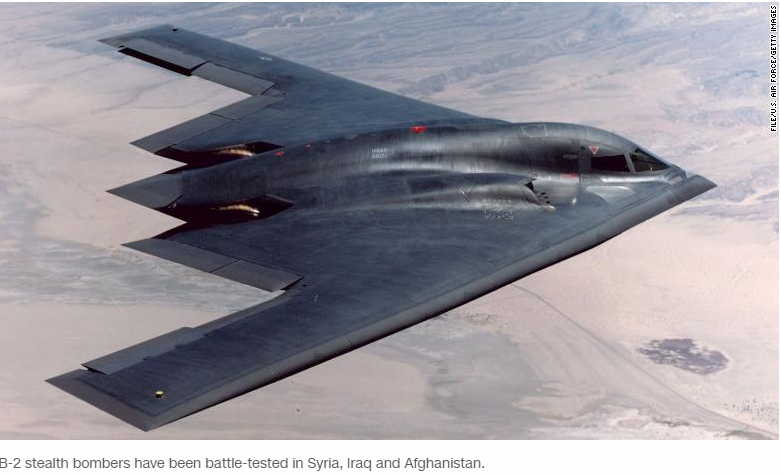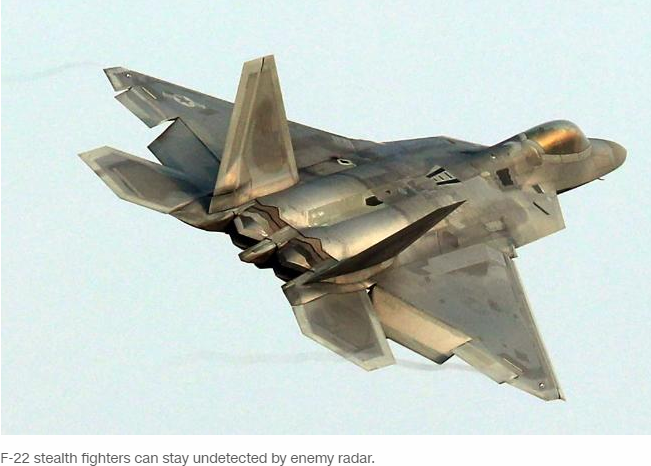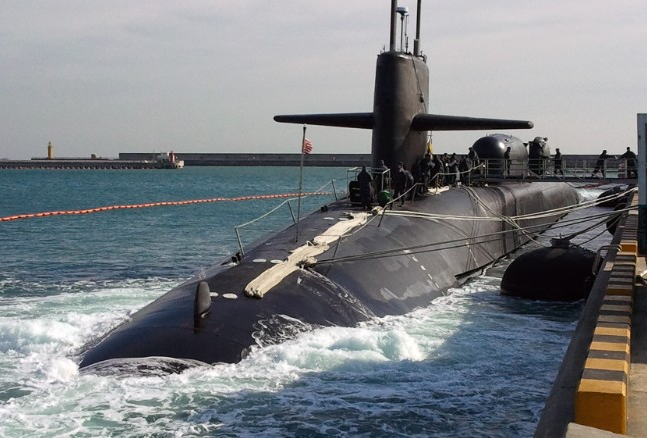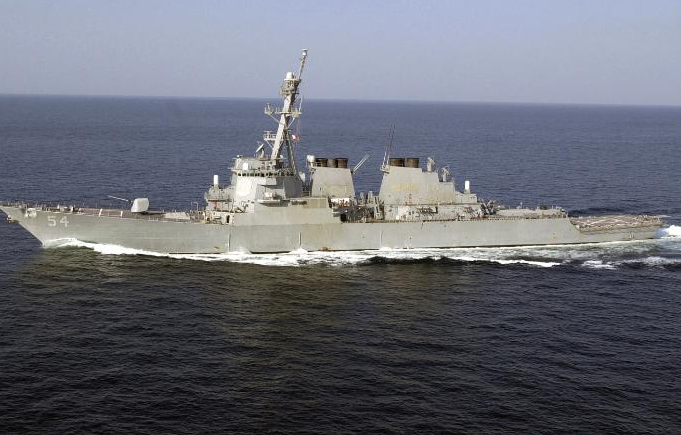Tensions between the United States of America and Iran escalated last night when Iran fired over a dozen ballistic missiles at two US Military bases in Iraq.
This was in retaliation to the assasination of its top military general, Soleimani by the Trump administration.
Since the attack on Iran, there’s been speculations of a possible ‘war’ between both countries and President Trump never fails to let the world know that the United States boasts of the strongest military arsenal in the world and won’t fail to unleash it on Iran,
With almost 3 million service members, 4,800 defense sites on seven continents and an annual budget of more than $700 billion, the US military is considered the world’s premier fighting force.
Below are some of the sophisticated weapons in its arsenal:
B-52 Bombers
There are around 75 B-52s in the US Air Force’s active and reserve fleets. They can carry a mixed load of 35 tons of ordnance that includes bombs, mines and missiles. The jets, which first came into service in 1952, have been upgraded over the years to carry air-launched cruise missiles.

Each B-52 can carry 20 cruise missiles. Once released from the bomber, the cruise missiles use internal guidance and their own turbofan engines to fly to and strike independent targets with warheads weighing up to 3,000 pounds (1,360 kilograms).
B-2 stealth Bombers
The bat-winged heavy bombers can carry both conventional and nuclear weapons. The US Air Force’s fleet of 20 operate from Whiteman Air Force Base in Missouri, but they can stage out of bases like those on Diego Garcia, or the Pacific island of Guam.

In a conventional conflict, the four-engine B-2 can carry two GBU-57 Massive Ordnance Penetrators, the biggest non-nuclear bombs in the US arsenal. These 30,000-pound, 30-foot-long (13,607-kilogram, 9-meter-long) bombs are designed to strike deep into the ground to take out missile and command complexes that are out of reach of other non-nuclear weapons.
The B-2 can also carry a range of other weaponry and has been battle tested in conflicts in Syria, Iraq and Afghanistan.
B-1 Bombers
The four-engine bombers, of which the US has more than 60 in its fleet, can carry the largest payload of any aircraft in the US Air Force more than 75,000 pounds (34,019 kilograms) worth, including cruise missiles, gravity bombs and naval mines.

In the past, B-1s have been used extensively to drop Joint Direct Attack Munitions, essentially free-fall bombs with guidance systems attached to their tails, which can get them within 15 feet (5 meters) of their target.
F-22 Stealth Fighters
The US Air Force has about 180 F-22s, which are considered the force’s most capable fighter aircraft. Besides its ability to take on the best of any fighter aircraft foes have to offer, the stealthy F-22 can carry two Joint Direct Attack munitions and radar-guided air-to-ground missiles.

In the early days of any conflict involving US forces, F-22s with their ability to stay undetected by enemy radar could be expected to target air defense sites, opening up the airspace for follow-on attacks by less stealthy planes and cruise missiles.
Guided-Missile And Attack Submarines
The US Navy has dozens of submarines that can stay submerged and potentially launch hundreds of Tomahawk cruise missiles at land and sea targets. The most capable of these subs, four Ohio-class guided-missile submarines, carry up to 154 Tomahawks.

Each of those missiles, armed with a 1,000-pound (453-kilogram) warhead, can hit independent targets as far as 1,000 miles (1,609 kilometers) from its launch site. Additionally, each missile can carry info on 15 targets in its guidance system, giving it the ability to switch destinations mid-flight.
Besides the Ohio-class subs, the US Navy’s Virginia-class and Los Angeles-class boats more than four dozen of them can carry the Tomahawks, albeit in fewer numbers.
Destroyers And Cruisers
The US Navy’s fleet of guided-missile cruisers and destroyers can operate in conjunction with the aircraft carriers in carrier-strike groups, or independently.
The Arleigh Burke-class destroyers number more than 70 in active service, and form the backbone of the Navy’s fleet. Each can carry up to 56 Tomahawk cruise missiles to attack land and sea targets.

The Ticonderoga-class cruisers also carry cruise missiles, though in smaller numbers than the destroyers. Both ships provide the Navy with its most advanced missile defense system, AEGIS. The system, which communicates targeting info among various platforms, can target low-level and ballistic missiles threatening ships, or even targets on land.



















